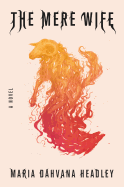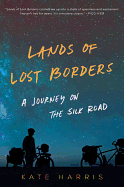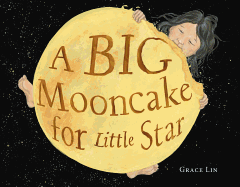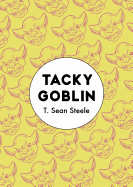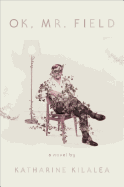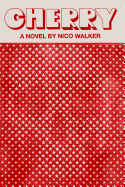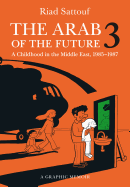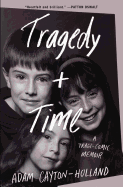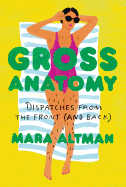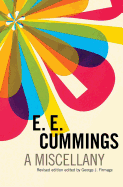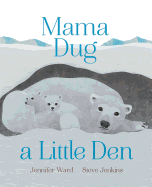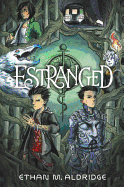Friday, August 24, 2018
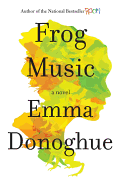 That same intense heat provides the backdrop to Emma Donoghue's Frog Music, a work of historical fiction inspired by events during San Francisco's record-breaking heatwave of 1876.
That same intense heat provides the backdrop to Emma Donoghue's Frog Music, a work of historical fiction inspired by events during San Francisco's record-breaking heatwave of 1876.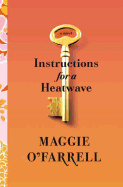 Another off the charts heatwave sets the tone for Maggie O'Farrell's Instructions for a Heatwave, as a series of family secrets are laid bare during the sweltering summer of 1976 in London. And the heat that builds throughout Jesmyn Ward's devastating, excellent novel Salvage the Bones feels like a precursor of the disaster to come; Ward perfectly captures the melting Louisiana weather in the months, weeks and days before Hurricane Katrina landed.
Another off the charts heatwave sets the tone for Maggie O'Farrell's Instructions for a Heatwave, as a series of family secrets are laid bare during the sweltering summer of 1976 in London. And the heat that builds throughout Jesmyn Ward's devastating, excellent novel Salvage the Bones feels like a precursor of the disaster to come; Ward perfectly captures the melting Louisiana weather in the months, weeks and days before Hurricane Katrina landed.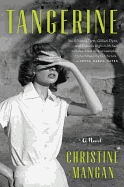 Finally, in Tangerine, Christine Mangan moves between past and present to recreate the story of Lucy and Alice, two college roommates who have reunited in the heat of a Moroccan summer. (Even the cover evokes the summer heat, with a woman shielding her eyes from the glare of a high sun.)
Finally, in Tangerine, Christine Mangan moves between past and present to recreate the story of Lucy and Alice, two college roommates who have reunited in the heat of a Moroccan summer. (Even the cover evokes the summer heat, with a woman shielding her eyes from the glare of a high sun.)The Mere Wife
by Maria Dahvana Headley
Discover: The myths and monsters of Beowulf combine with the horrors of suburbia in a stunning and complex novel of love, motherhood, greed, ambition and isolation.
Tacky Goblin
by T. Sean Steele
T. Sean's journal jumps and loops within time and space, and life doesn't so much happen to him as it happens around him. "The facts existed, or they didn't, whether or not I paid attention to them." His observations on life, and the rules of adulthood, are morbidly funny and ring with an oddball truth that fans of Welcome to Night Vale and Alice Isn't Dead will relish. --Cindy Pauldine, bookseller, the river's end bookstore, Oswego, N.Y.
Discover: Tacky Goblin is a very funny and deeply strange story of one man's resistance to the trappings of adulthood.
OK, Mr. Field
by Katharine Kilalea
Discover: In a spare and inventive first novel, poet Katharine Kilalea breathes life into a lonely, flummoxed man in search of a metaphysical place to hang his hat.
Mystery & Thriller
Cherry
by Nico Walker
Discover: Nico Walker's debut novel is a grim portrait of a soldier's experience of the Iraq War and of the drug addiction that haunts his homecoming.
Graphic Books
The Arab of the Future 3: The Circumcision Years: A Childhood in the Middle East, 1985-1987
by Riad Sattouf
Discover: A young child becomes desensitized to the growing violence surrounding his Middle Eastern upbringing as he adapts to Syrian traditions and culture.
Biography & Memoir
Tragedy Plus Time: A Tragi-Comic Memoir
by Adam Cayton-Holland
Discover: Comedian Cayton-Holland's harrowing memoir of his sister's mental illness and suicide is a painfully candid and therapeutic journey through grief.
History
Walls: A History of Civilization in Blood and Brick
by David Frye
Discover: This history of walls, both insightful and entertaining, offers a perspective for understanding the reemergence of these barriers today.
Travel Literature
Lands of Lost Borders: A Journey on the Silk Road
by Kate Harris
Discover: Kate Harris's gritty, luminous memoir of cycling the Silk Road explores wanderlust and boundaries.
Humor
Gross Anatomy: Dispatches from the Front (and Back)
by Mara Altman
Discover: A bold and entertaining investigative dive into the strange and wondrous (and often embarrassing) workings of the female body.
Poetry
A Miscellany
by E.E. Cummings
Discover: This oddball collection of work from E.E. Cummings showcases different talents of the modernist poet.
Children's & Young Adult
A Big Mooncake for Little Star
by Grace Lin
Discover: Grace Lin's picture book introduces adorably mischievous Little Star, who can't resist nibbling on the Big Mooncake she baked with her Mama.
Mama Dug a Little Den
by Jennifer Ward, illus. by Steve Jenkins
Discover: Mama Dug a Little Den uses rhyming words and stimulating images to stir children's curiosity about the natural world.
Estranged
by Ethan M. Aldridge
Discover: Ethan M. Aldridge's graphic novel Estranged is a quintessential fantasy adventure featuring a human boy and the changeling who took his place.


